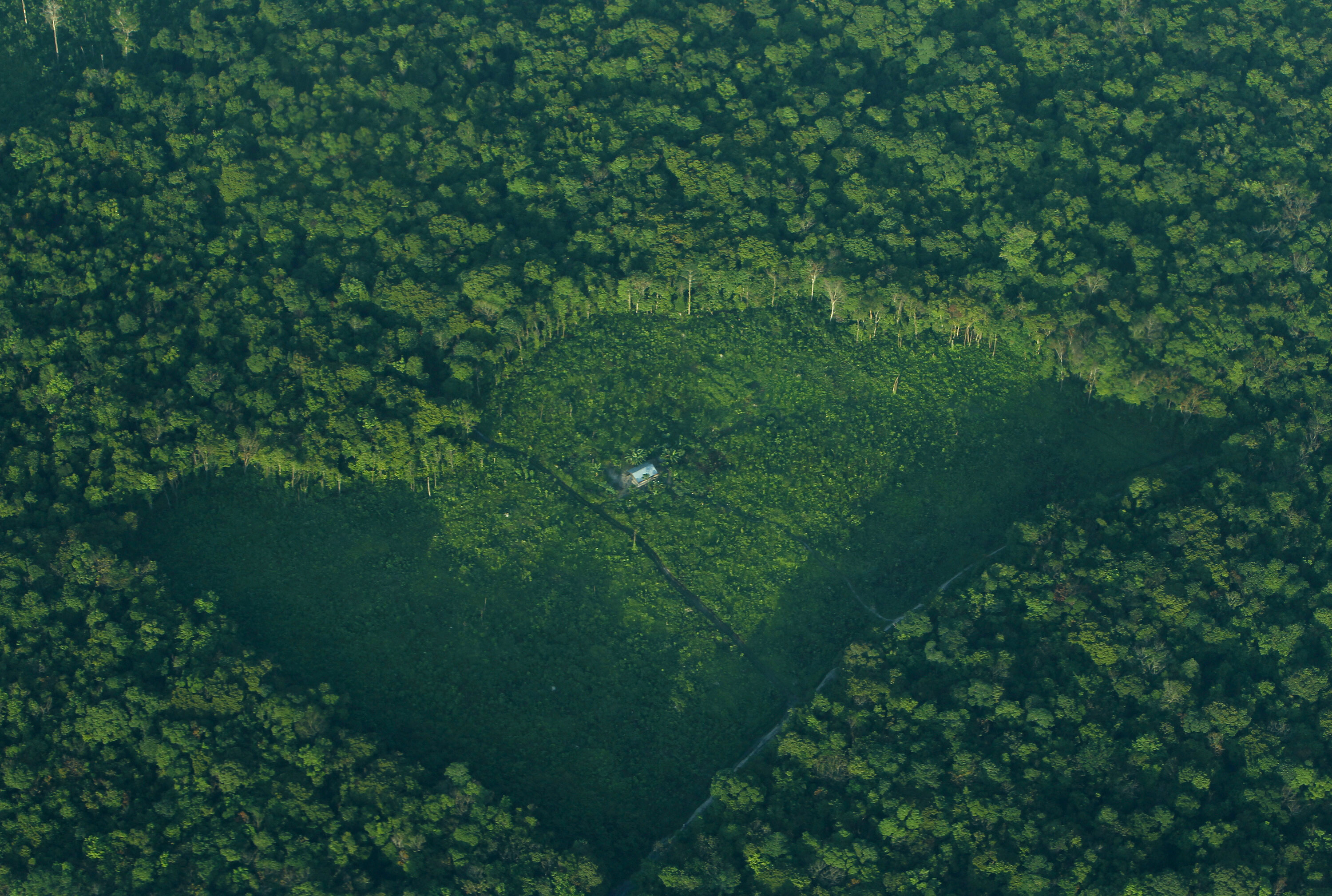Are these the next global conflicts?

Almost five years of civil unrest and proxy wars have had a devastating effect on Syria – millions have been forced to flee, 80% of its people have been plunged into poverty, and life expectancy has been cut by 20 years. And yet, before the conflict erupted, Syria was “a sleepy place”, the Economist writes. “Syrians liked to boast that Christians and Muslims, as well as people from a smattering of other sects, lived side by side in peace. People bustled through the markets. Women could stay out safely alone past midnight.”
Others aren’t so sure. For people like Richard Spencer, a Middle East correspondent for the Telegraph, if we had just looked a little closer we might have seen some warning signs. Indeed, while many of the world’s conflicts appear to come out of the blue, they are more often than not months, if not years, in the making. And to paraphrase Einstein, the real skill comes not in ending conflicts but in preventing them from erupting or escalating in the first place.
That’s why the Council on Foreign Relations asks its network of experts to help predict the next big conflicts that could affect US national interests. In the past, as Uri Friedman of the Atlantic has pointed out, respondents have failed to predict important geopolitical developments, such as Egypt’s coup, Russia’s seizure of the Crimea or the rise of ISIS. It’s not, Friedman notes, based on “a sophisticated algorithm for predicting the world’s next trouble spots”, but it does provide an insight into what’s keeping those in the world of international affairs up at night.
So where is trouble brewing and what should we be looking out for next year? The survey breaks down the conflicts into three tiers, based on their impact and likelihood.
Source: Council on Foreign Relations
Perhaps unsurprisingly, instability and conflict in the Middle East dominated the survey results: “Of the 11 contingencies classified as Tier I priorities, all but three are related to events unfolding in that region. Half of the Tier II priorities also involve Middle Eastern countries. A further intensification of the Syrian civil war tops the list as the only contingency in the entire survey judged to be highly likely and liable to have a high impact on the United States.”
But some of the other results might come as a shock. For the first time, political instability in the European Union – “stemming from the influx of refugees and migrants, with heightened civil unrest, isolated terrorist attacks, or violence against refugees and migrants” – was considered to be a Tier I risk. A stand-off between Russia and NATO member states was ranked as a Tier II risk. And violence in the Democratic Republic of Congo – a country almost 8,000 miles away from the US – was thought to pose a Tier III risk to American domestic interests.
The goal of the survey isn’t to get people even more worried than they already are. It’s to give policy-makers the information they need to prevent potential conflicts from breaking out in the first place: “By prioritizing conflicts based on their overall risk to the United States, the survey helps to focus their attention and resources for specific conflict prevention efforts in the year ahead,” the survey’s main author, Paul Stares, points out.
Have you read?
War is killing fewer people than ever before
Trust, conflict and geo-security
Author: Stéphanie Thomson is an editor at the World Economic Forum
Image: A Southern Popular Resistance fighter fires a weapon mounted on a truck during clashes with Houthi fighters in Yemen’s southern city of Aden May 3, 2015. REUTERS/Stringer
Don't miss any update on this topic
Create a free account and access your personalized content collection with our latest publications and analyses.
License and Republishing
World Economic Forum articles may be republished in accordance with the Creative Commons Attribution-NonCommercial-NoDerivatives 4.0 International Public License, and in accordance with our Terms of Use.
The views expressed in this article are those of the author alone and not the World Economic Forum.
Stay up to date:
Global Governance
Related topics:
Forum Stories newsletter
Bringing you weekly curated insights and analysis on the global issues that matter.
More on Global CooperationSee all
Sebastian Buckup and Maximilian Martin
November 13, 2025







